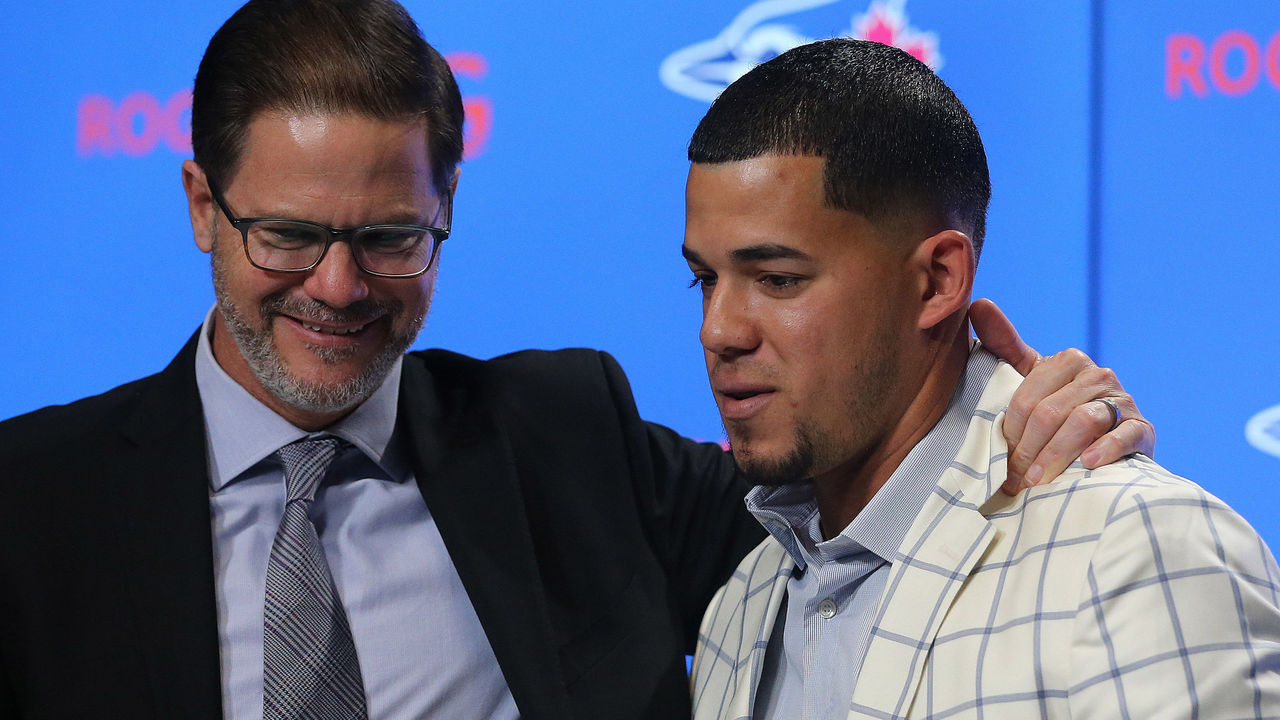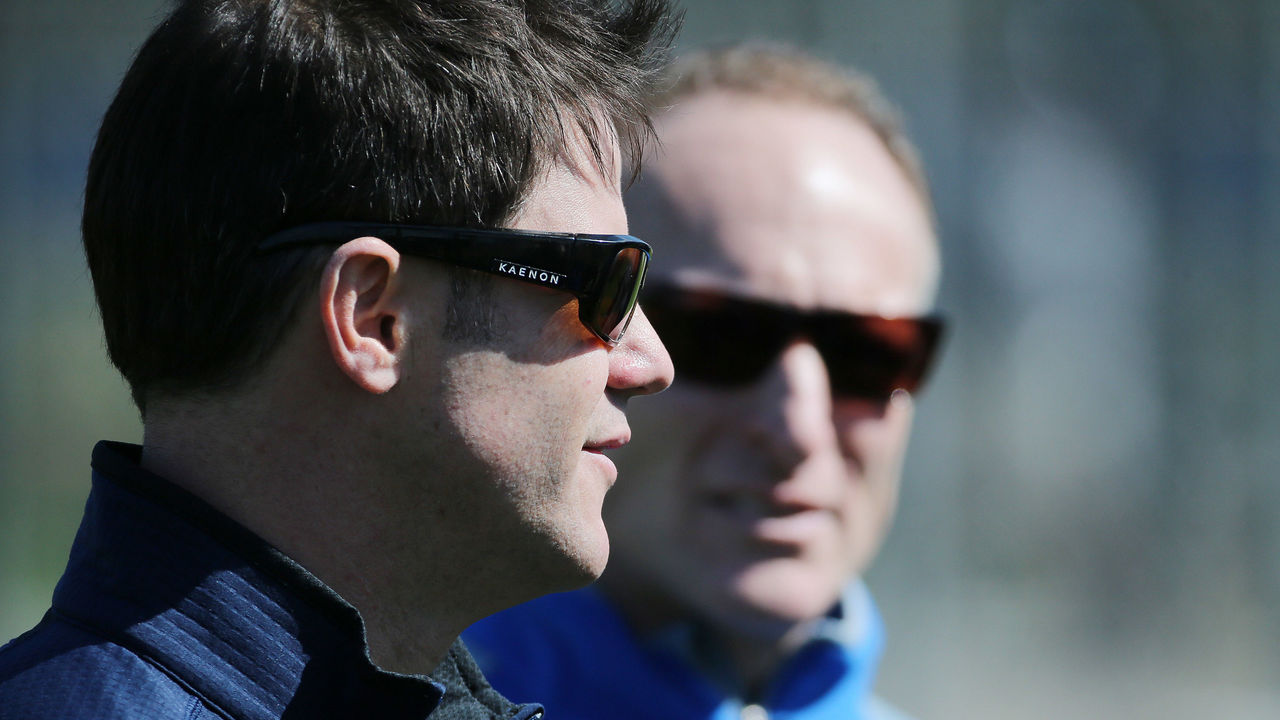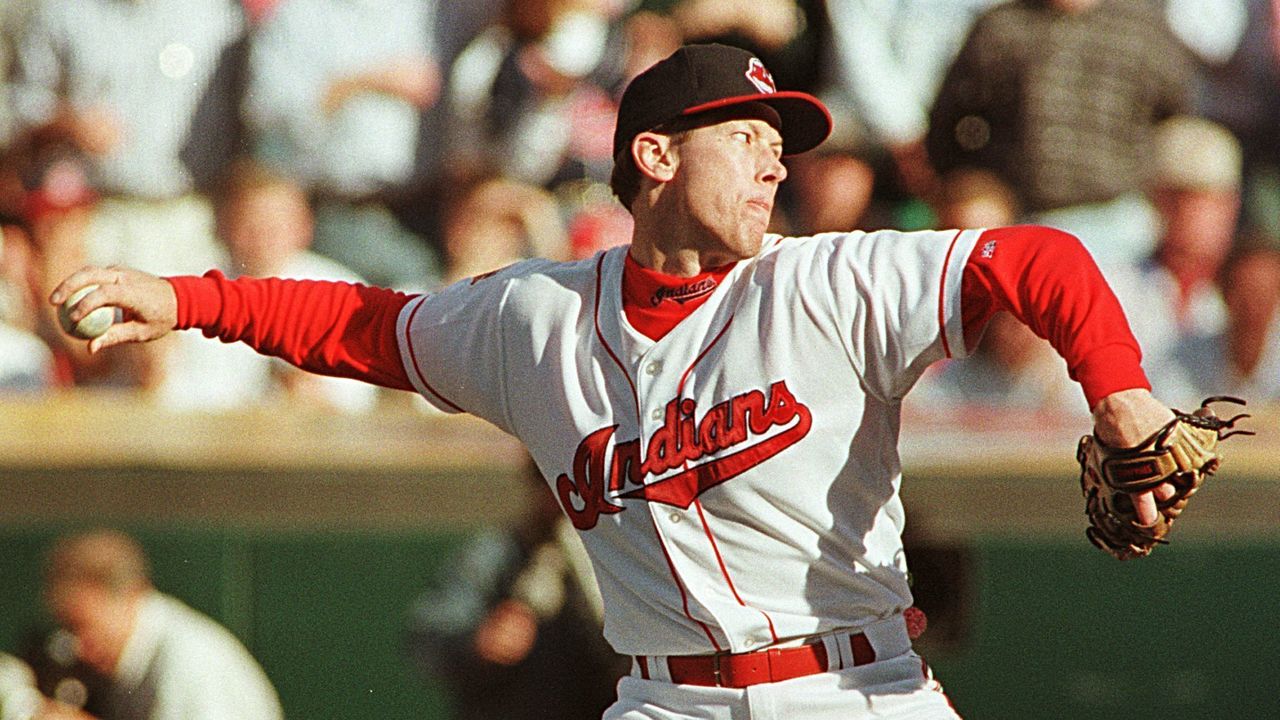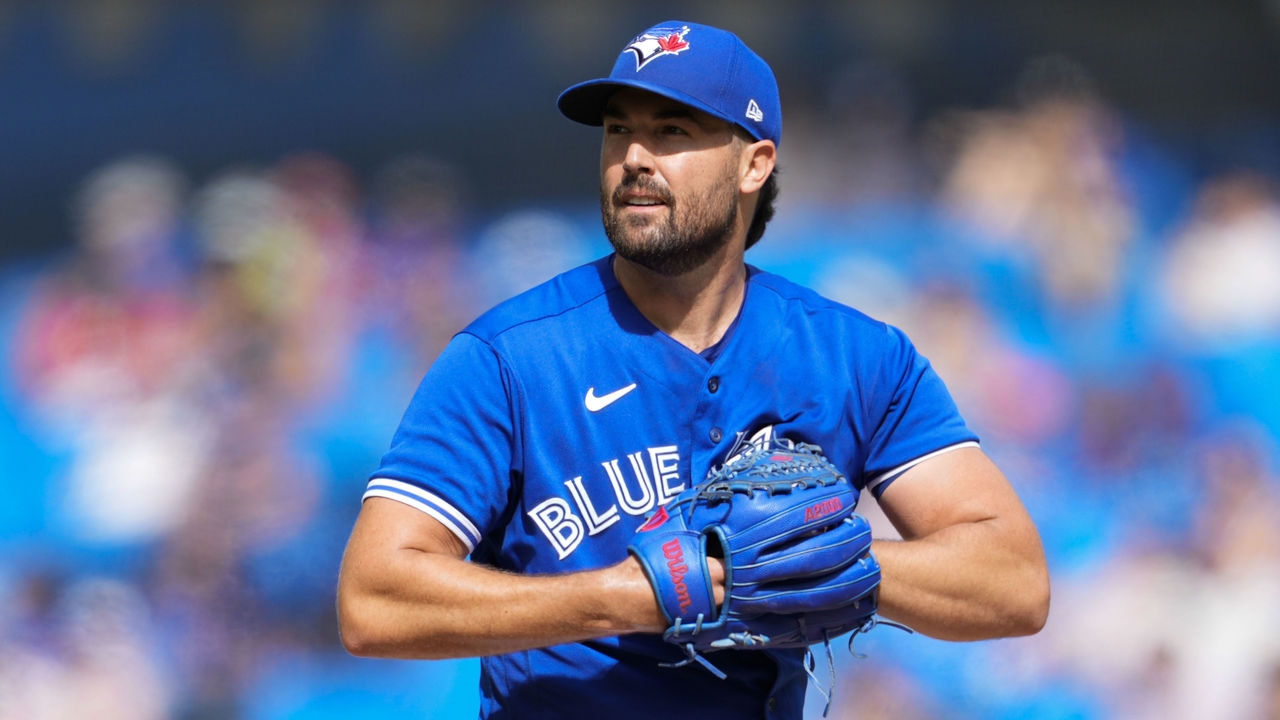Blue Jays GM Ross Atkins on the many facets of leading a team in the new era
DUNEDIN, Fla. - The Toronto Blue Jays begin a new season Friday, which many fans and observers believe has a chance to be their best this century.
The campaign begins with the hope of returning to the postseason, of capturing the AL East title, and more. Perhaps it can even mark the beginning of a multi-year run of sustained excellence, which was the goal club president Mark Shapiro and general manager Ross Atkins cited when they arrived in Toronto in 2015.
The Blue Jays haven't won 90 or more games in back-to-back seasons since 1991-93, which culminated in back-to-back World Series championships in the latter two seasons. Those titles came at the end of an 11-year run in which the Jays won 86 or more games each season, the kind of sustained success every franchise dreams of.
Despite missing the playoffs with 91 wins last season, the Blue Jays appear to be on the cusp of a new golden era.
theScore spoke with Atkins near the end of spring training to understand how the club will balance short- and long-term interests, about the challenges of trying to reach and remain at the top of the AL East, and how he leads.

theScore: How do you balance maximizing contention windows - which you are entering with this talented core - versus sustainability, and maximizing the number of chances?
Atkins: What we are doing is trying to balance it. You do have to, in certain windows, be a bit more aggressive on the trade front, even in free agency. We are always going to strive to build the best possible team. There are certain times where you really want to maximize those windows. But we never want to compromise our ability to sustain (winning).
In balancing right now with future years, with the trade for Jose Berrios last summer (which cost a couple of top-100 prospects), what calculus went into that decision?
With Jose, it wasn't just about him as an MLB pitcher, and what he had accomplished. So much of it was about how he had accomplished that. That's also why he was so attractive, he was such a clear target for us: professionalism, being a great teammate, and the work ethic. The residual benefits of that beyond just his performance. It was so powerful.

The postseason is a much different game in some ways than the regular season. There are more off days in October, which allows the best arms to work more often. In a long series, opposing hitters can gain advantages in seeing an opposing arm more than they would in the regular season, etc. Knowing all that, and with an expanded postseason now, have you tried to build a roster with an eye on playoff baseball and not just the 162-game grind?
We feel like a team that is built to win the AL East will be in position to win in the postseason. We worked really hard to improve our pitching. We are going to need to continue to have depth in that area. The difference in your 40-man (roster) being really deep, and being able to deploy a lot of it, is really powerful for a team that is planning to be in the postseason.
What has gone into thinking about the bullpen and the different arm angles and different pitcher strengths you have there?
First, we are trying to get guys who can get guys out. Then we factor in different looks that can get entire lineups out across the AL East. As you think about your competition, and think about those matchups, you can start to zero in on things you may or may not have.
In Cleveland, where you began your career, the Guardians were a small-market club that extended their window in the 1990s, in part, by being the first club to lock up young players to long-term contracts signed during their pre-arbitration years. Are there attempts being made to try and lock up this young core?
Of course. We are constantly thinking about that throughout the entire organization, not just the names everyone always asks about. There will be opportunities during the offseason … we'll continue to think about how we can keep this group together for as long as possible, for as long as it makes sense.
Does this club remind you of those late 1990s Cleveland teams with star position players like Albert Belle, Kenny Lofton, Manny Ramirez, and Jim Thome who came of age together? Can you learn anything from how that team was constructed and had great success, but how it fell short of a World Series title?

It's hard to compare. Yes, in some ways having the young talent coming up together, for sure that reminds me of that era of Cleveland baseball. Watching those guys, I was a minor-league player when most of those guys had already transitioned to the (majors), some were in Triple-A when I was A-ball, but what was so clear was the bond. I think that's really powerful. It means something to be a Blue Jay. It meant something in those years to be a Cleveland Indian.
We often hear about the importance of culture - what's an anecdotal example from your playing days where and when you saw culture have an impact on you personally?
I had an interaction with Orel Hershiser that had a significant impact on me. He came and worked out with us (during spring training in Winter Haven, Florida, in 1995) when I was a minor-league pitcher. We were running gassers. He's like, "Can I run with you guys?" He was 35, somewhere in that age range, I was 24. Jeff Sexton was 25. We were in incredible shape in our view, as it related to running, working out.
We were some of the more conditioned minor-league pitchers, and he just ran us into the ground. Afterward, he said, "It's not until you enjoy this part that you're actually a professional." I just remember being so taken aback by how much pride he took in that. He wasn't running against us to beat us. He was just working out. But, yeah, those types of impacts, that's why it's so important to have (the) major-league team and minor-league players under the same roof (in spring training).

You've spent much of your career involved in player development. I know it's a focus here - "Get better every day" is painted on the walls in English and Spanish above the lockers in the clubhouse. I saw the high-speed cameras trained on pitchers in a minor-league intrasquad game. While trade and free-agent acquisitions are important and make headlines, how much progress has been made in getting more out of players?
In our view, one of the most important ways to sustain success, beyond the acquisition, is improving the talent or helping those players improve. We've worked really hard to build out resources, people, technology, capital, brick-and-mortar to make sure these players have absolutely everything they need to get better. We feel like we're doing a better and better job of that every day and every year.
I think the industry, as a whole, is a lot better at it than it was five, 10 years ago. We are certainly striving to get better and better at it. We're finding ways to close gaps as an industry. For example, I don't think more people are throwing harder. I think more people are throwing as hard. We don't have guys throwing 105 (mph) but we have a lot more pitchers touching 100 than we did in the early '90s.

The game has never changed so quickly. A few years back, no one had quantified pitch-framing value, as an example, and then overnight some hobbyists did that and those teams that focused on it enjoyed an advantage. In 2014, there was no Statcast data, but in 2015 there was an avalanche of new data from the first year of that pitch- and player-tracking system. New tech is helping design pitches and swings. How do you stay nimble to adapt to new information, new ideas?
It's back to culture. You have to be open to ideas from anywhere, and you have to be pushing for those. We have a much larger staff in our baseball operations, not entirely analytically driven, but a lot of analysts have been added to our staff. I think teams that have that type of information coming in and (shared) are the teams that are going to be cutting edge, and the quickest to that type of innovation. It's really interesting to look at certain teams, whether it's deployment, or acquisition, and the consistencies you can see around information they are leaning heavily on.
Baseball operations, you could argue, is anywhere from 350 to 500 people, depending on whether you're counting players or not … Our staff in our office is not dependent upon me to make decisions, and I think that's the only way to be innovative. If they are waiting on me to decide whether or not to place more resources into catch framing versus player deployment, we are going to be late. We need to be, and we are, pushing those concepts. Asking those questions, and allowing people to lead throughout the organization.
Travis Sawchik is theScore's senior baseball writer.